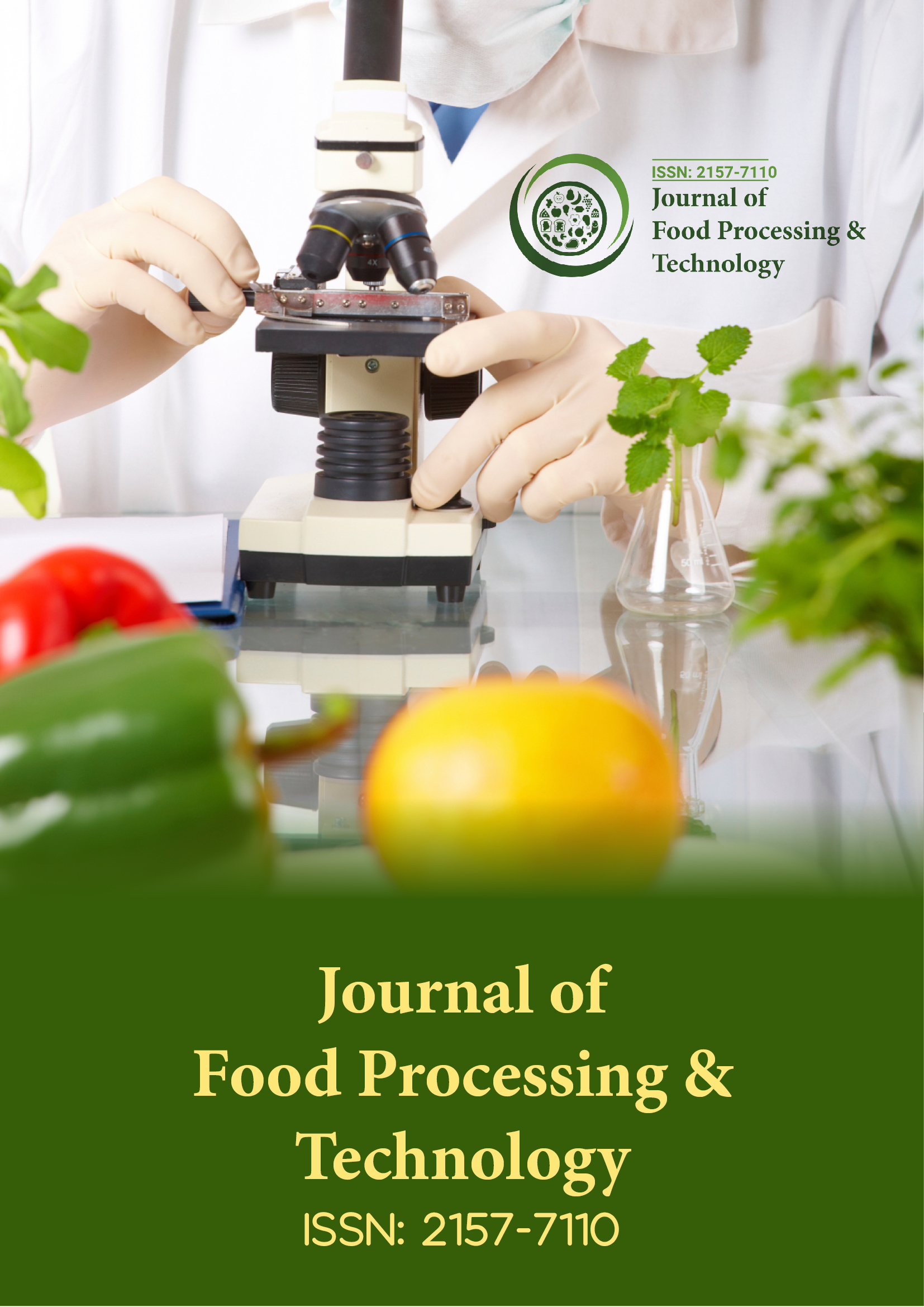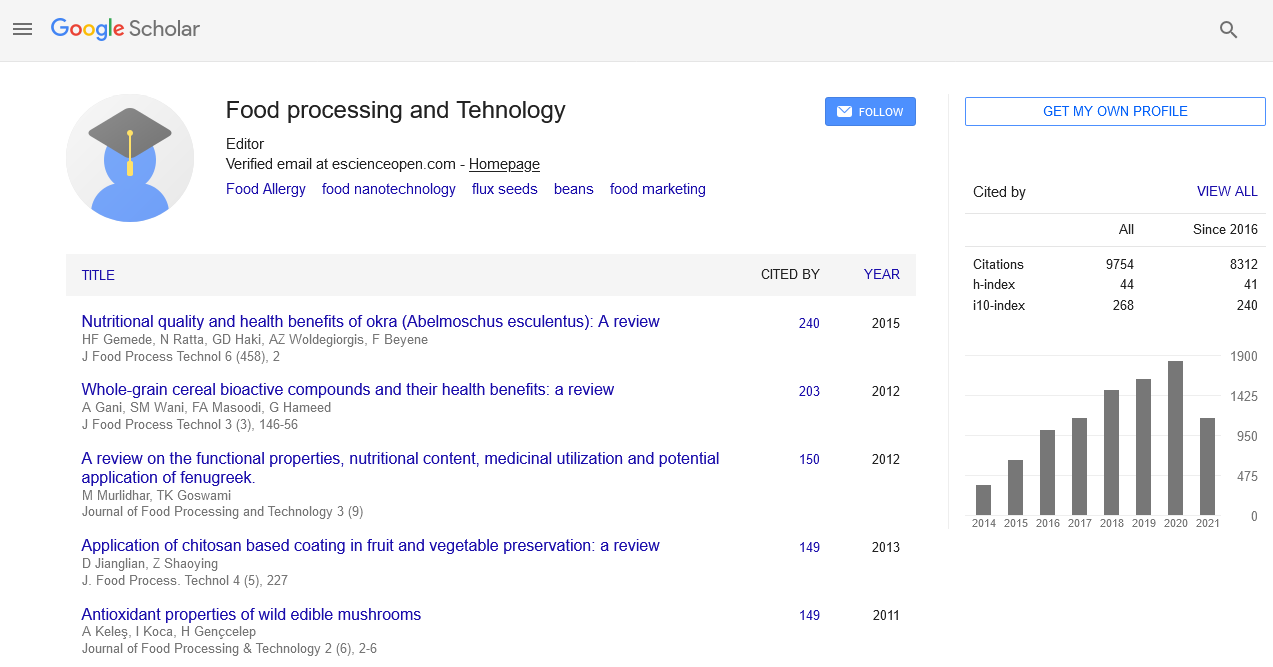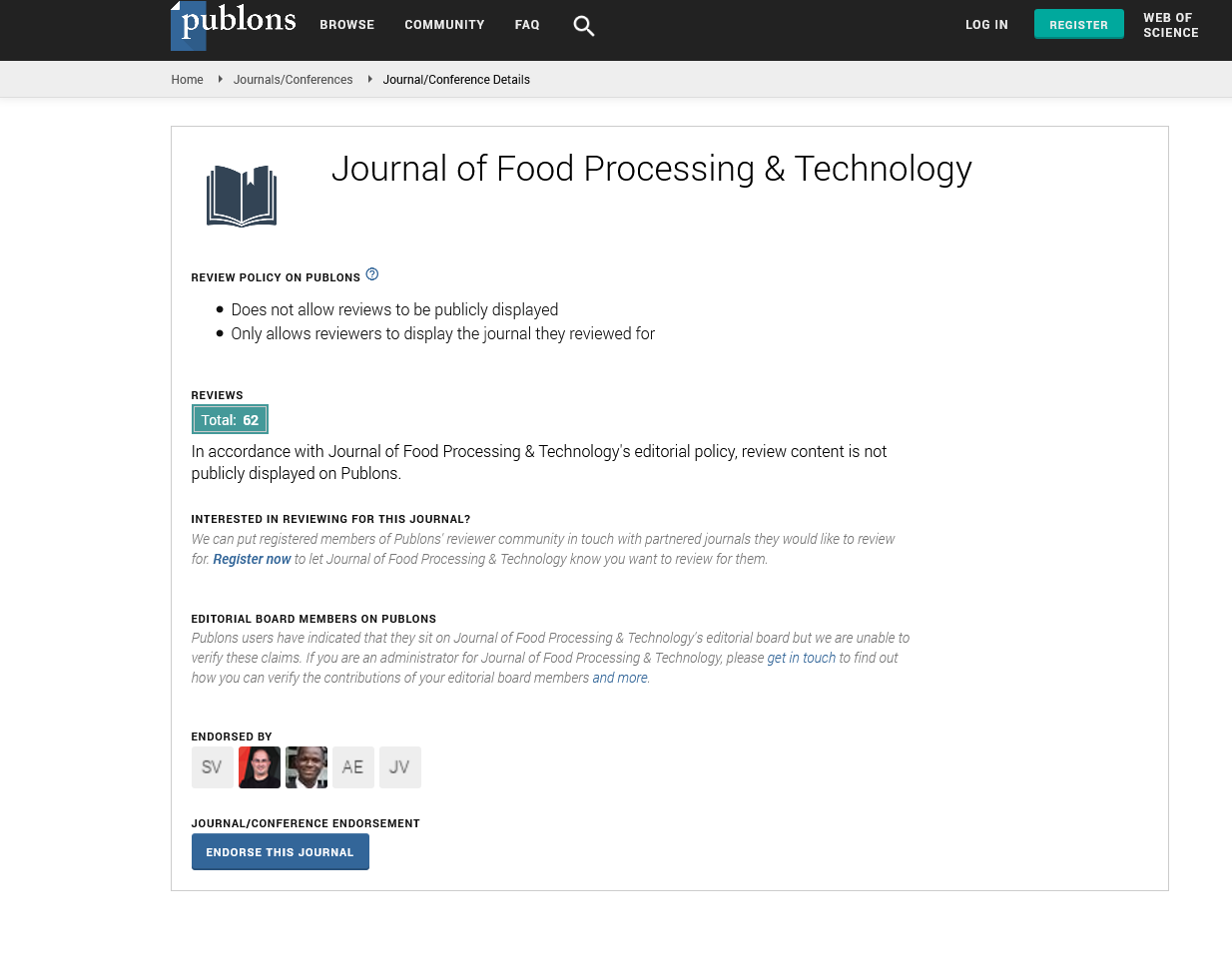Indexed In
- Genamics JournalSeek
- Academic Keys
- JournalTOCs
- China National Knowledge Infrastructure (CNKI)
- Access to Global Online Research in Agriculture (AGORA)
- Centre for Agriculture and Biosciences International (CABI)
- RefSeek
- Directory of Research Journal Indexing (DRJI)
- Hamdard University
- EBSCO A-Z
- OCLC- WorldCat
- Scholarsteer
- SWB online catalog
- Publons
- Euro Pub
- Google Scholar
Useful Links
Share This Page
Journal Flyer

Open Access Journals
- Agri and Aquaculture
- Biochemistry
- Bioinformatics & Systems Biology
- Business & Management
- Chemistry
- Clinical Sciences
- Engineering
- Food & Nutrition
- General Science
- Genetics & Molecular Biology
- Immunology & Microbiology
- Medical Sciences
- Neuroscience & Psychology
- Nursing & Health Care
- Pharmaceutical Sciences
Feed Additives in the Struggle Against Mycotoxins
31st World Conference on Food and Beverages
March 09, 2022 | Webinar
Jelena Nedeljkovic Trailovic
University of Belgrade, Serbia
Scientific Tracks Abstracts: Jour of Fo Proce & Tech
Abstract:
Mycotoxicosis problems burden agriculture and livestock production around the world. According to FAO (2018), cereal contamination with mycotoxins at the global level is about 30% of the harvest, which says enough about the problem of the occurrence of mycotoxins in the food chain, as well as the need to find new solutions to reduce feed contamination with these toxic compounds. Mycotoxins are produced by saprophytic molds of the genus Aspergillus sp, Penicillium sp. and Fusarium sp. during the growing of crops in the field or in the grain warehouse. Despite the widespread use of preservatives, every year we face the increasing problem of the presence of many different mycotoxins in corn and other cereals. Serbia, as a major producer and exporter of maize faced a major problem in 2012 due to the presence of Aflatoxin B1 in feed and of its metabolite, Aflatoxin M1, in milk, which made it impossible to export milk and milk products from Serbia. Along with the use of fungicidal agents that affect saprophytic molds in the field and in storages, which are not very effective, there is a struggle to develop more effective adsorbent agents that are added to animal feed. The modern concept of combating mycotoxicosis in animals involves the formulation and use of multiple component adsorbents. The effectiveness of such supplements is far better and significantly helps in solving the problem of mycotoxicosis in animals. Key words: binder, aflatoksin B1, mycotoxins, Ochratoxin A, crops.


